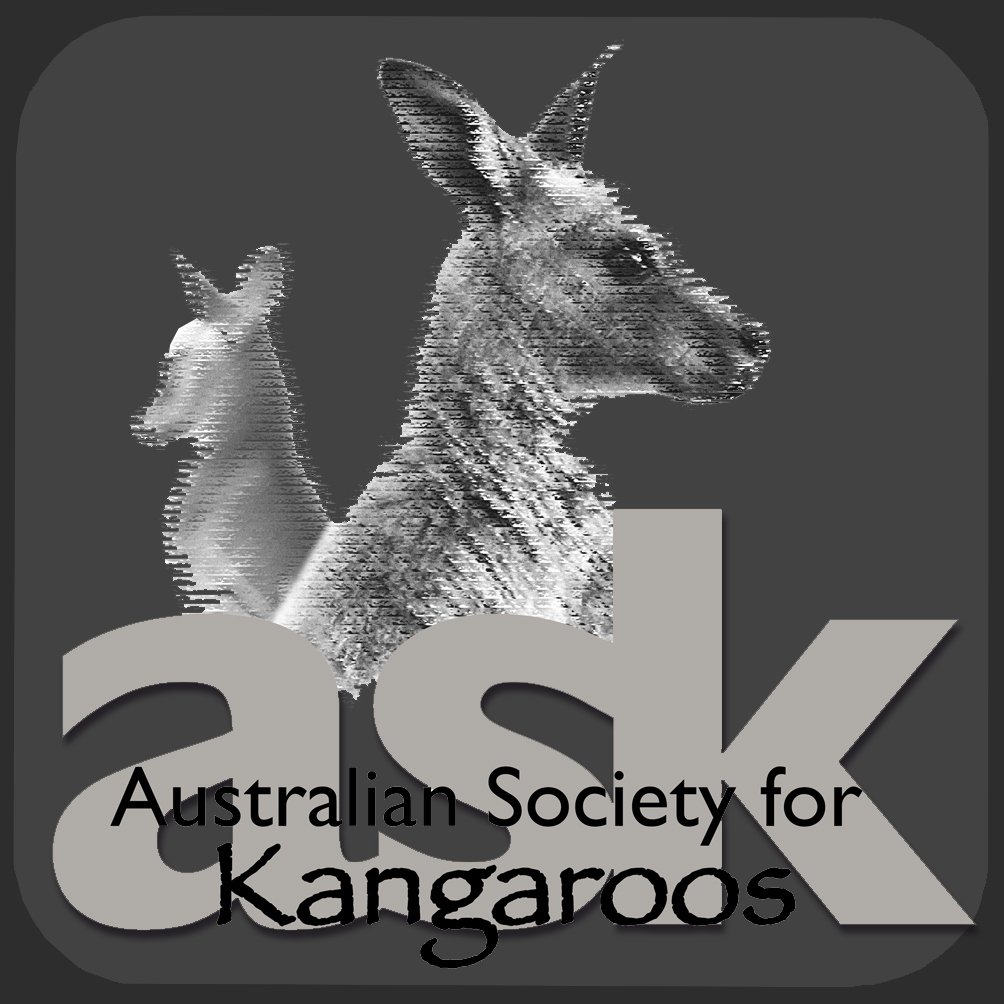Decimation of an Icon
One of the world’s most unique marsupials and treasured Australian icon is the victim of the largest and the most barbaric wildlife slaughters in the world.
Since the arrival of white man to Australia, kangaroos have been persecuted and exploited. From the early 1800s kangaroos have suffered from large scale hunting, bounties and dog drives, and today they are the victims of the largest ever, land based wildlife slaughter in the world.
Every year millions of kangaroos are shot for their meat and skins by the commercial kangaroo industry, and despite claims by the industry and landholders that kangaroos are in plague proportions, government data shows otherwise. According to state government data kangaroos have declined by 40% since 2001 and are at critical densities of less than five per square kilometre across most of Australia. The Murray Darling Commission published a report in 2004 that warned if kangaroos were hunted at densities of less than five per square km, it put them at risk of extinction. Nevertheless, the Australian government continues to support the commercial slaughter of kangaroos in their millions annually while their densities sit well below this critical threshold.
Even in Queensland where we repeatedly hear reports about plagues of kangaroos, (mostly from commercial kangaroo industry advocates), the Queensland government population data shows kangaroos at critical densities of less than five per square km across half the state. Even if you add all three kangaroo species together, according to the government data, their numbers do not exceed 45 kangaroos per sq/km in any areas.
State government records shows that in some states up to 40% females are being shot by the kangaroo industry (Morrison,DPaW,2015) and kangaroos barely of breeding age killed for their meat and skins. Red kangaroos are being hunted by the industry at a rate three times faster than they can breed. (McLeod,UNSW, Mjadwesch)
Contrary to popular myth, kangaroos breed very slowly and can only produce one joey per year, with each joey taking 18 months to fully wean. Research shows kangaroo populations can only increase by 9% per year (Arnold,1991), after which the population stabilises in balance with the environment. Most scientists agree there is a very high mortality rate for kangaroo joeys with between 70-100% of joeys dying before they reach maturity (Arnold, 1991, Shepard,1987) A study by Banks (2000), found that around 50% of joeys are also killed by foxes. Kangaroos will stop breeding in drought, effectively controlling their population according to the environment.
Contrary to propaganda kangaroos rarely compete with sheep and cattle for pasture (UNSW, CSIRO), and exert minimal grazing pressure on Australian grazing land. The State of the Environment Report 2006 found that kangaroos exert a grazing pressure of just 5% on low intensity grazing land (60% Australia) compared to sheep and cattle 95%. Sheep and cattle outnumber kangaroos in Australia by 4:1. A report commissioned by the NSW Department of Environment titled ‘Review of Scientific Literature Relevant to the Commercial Harvest Management of Kangaroos’ (Herbert & Elzer,2011) also documents how mixed grazing, with cattle and kangaroos for example, can increase pasture growth.
https://www.abc.net.au/news/2015-01-06/environment-department-taking-roo-problem-seriously/6002526
All large macropods have now been nominated to the NSW and Commonwealth Threatened Species List by a NSW ecologist Ray Mjadwesch. With close to 200 references this report titled ‘Kangaroos at Risk’, provides overwhelming evidence that kangaroo numbers have crashed since the arrival of white man due to loss of habitat and unrelenting hunting by the commercial kangaroo industry. Mjadwesch predicts that only 10% of Australia’s kangaroos remain today with large regions across Australia that once were abundant with kangaroos now devoid of this iconic native herbivore. You can view his report by clicking on the image below:
For more information please click on the reports below



